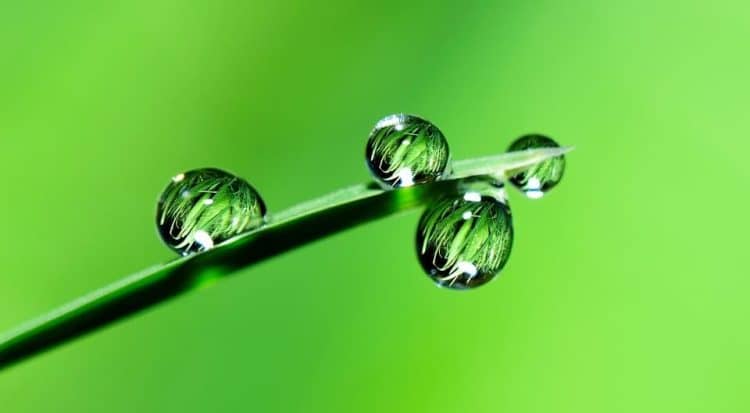Potential Uses for Discarded Plant Waxes and Fats
In many cannabis extraction settings, the pure, unadulterated extract contains not just the desired cannabinoids and terpenes that are the mainstay of cannabis extractions, but also large amounts of other compounds that are soluble in the extraction. These compounds include the phospholipids that make up the walls of each plant cell, an assortment of molecules that plants synthesize to store energy and send messages across long distances, and of course, the components of the cuticle, a waxy substance that coats every branch and leaf of a plant that hasn’t hardened into bark. [1]
The cuticle serves a dual function in plants. Being entirely hydrophobic, it prevents the evaporation of water from the interior of the leaves, serving to turn each leaf into a tiny little greenhouse for the purpose of producing the energy via photosynthesis that plants depend on to survive. The cuticle is also air-tight; it prevents the exchange of gases such as carbon dioxide (CO2) and molecular oxygen (O2) from the exterior environment to the interior of the plant. This allows plants to self-regulate the partial pressures of gases in the environment of the leaves, which take up CO2 from the air and use it in photosynthesis to produce O2 and simple carbohydrates. Without the ability to control the concentration of these gases in their leaves, plants could not carry out the biochemical reactions they need to survive.
Coming back to the extraction facility, these plant waxes and fats serve little purpose in the distillation and purification of extracted cannabis matter. They end up as industrial waste, either after the process of winterization (which precipitates these compounds with cold ethanol) and filtration, or a dewaxing stage that is integrated directly into the closed-loop extraction system. Once collected, these residues (and there are a lot of them!) are normally discarded.
But this is a shame, and a waste. Being the Green industry, we should certainly strive to be more green in our manufacturing systems. And in this case, that means finding uses for the materials that we are discarding.
The study of plant lipids has a long history, going back centuries, and many industrial applications have been found for their use. [1,2] One example is Candelilla wax, an FDA-approved food additive that is used to coat or glaze foods for preservation of quality and flavor. Another is the hot rod’s favorite, carnauba wax, which is made from extracts of palm trees. It is used as a buffing medium in car wax, but also has extensive cosmetic and food applications as well.
In an industry where hemp lotions and hemp seeds are some of the fastest selling commodities on the national market, efforts should be made to explore whether there can be a purposeful use for the compounds that are currently treated as industrial byproducts.
References
- Ohlrogge, J. and Browse, J. “Lipid biosynthesis”. Plant Cell. 1995; 7(7): 957-70 [Times cited = 444, Journal impact factor = 8.228].
- Lin, Yaqi. Encyclopedia of Food Chemistry, 2019. “Waxes.” Pages 312-316. Accessed online June 6, 2019.
Image Credit: Max Pixel












